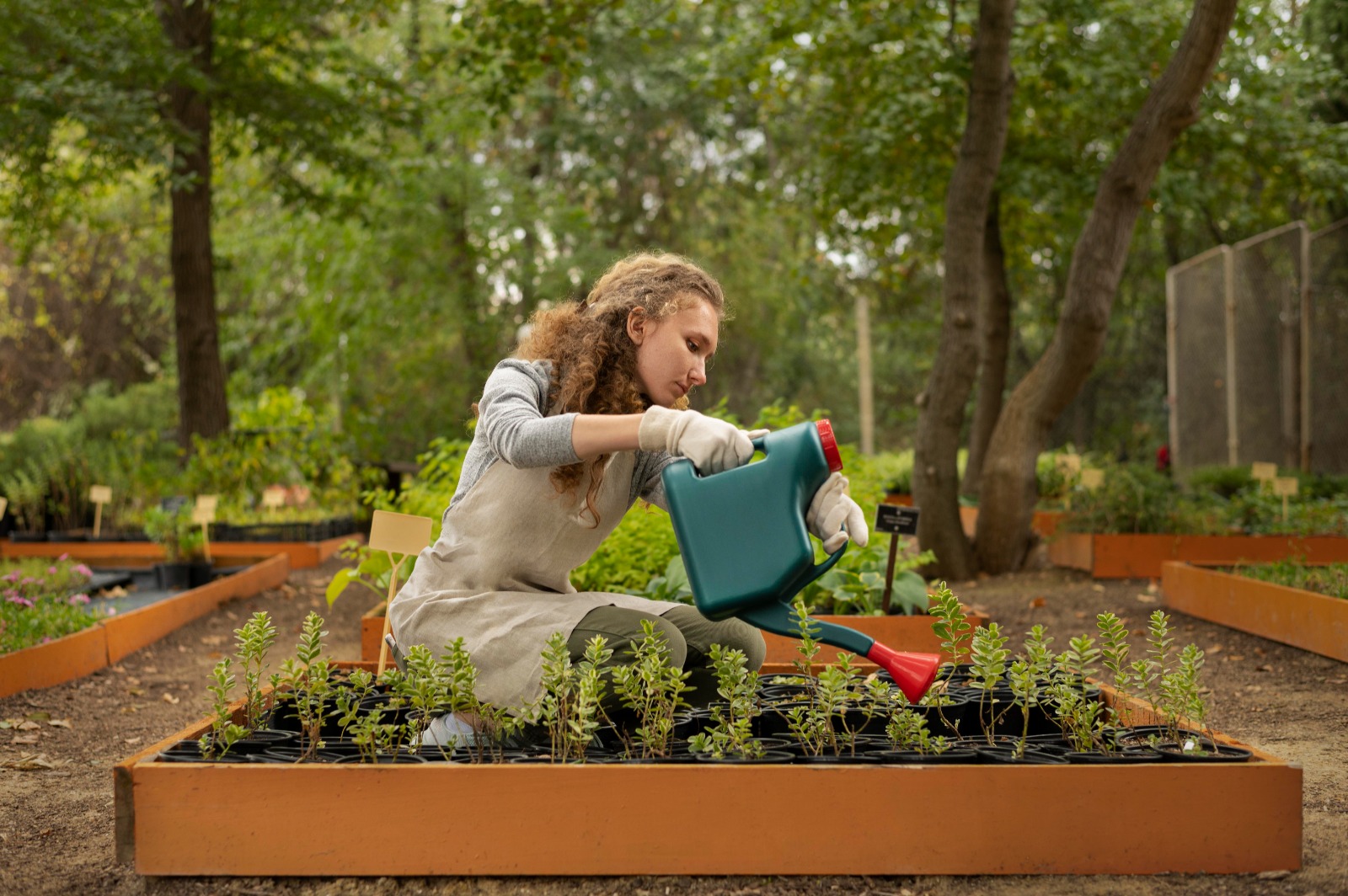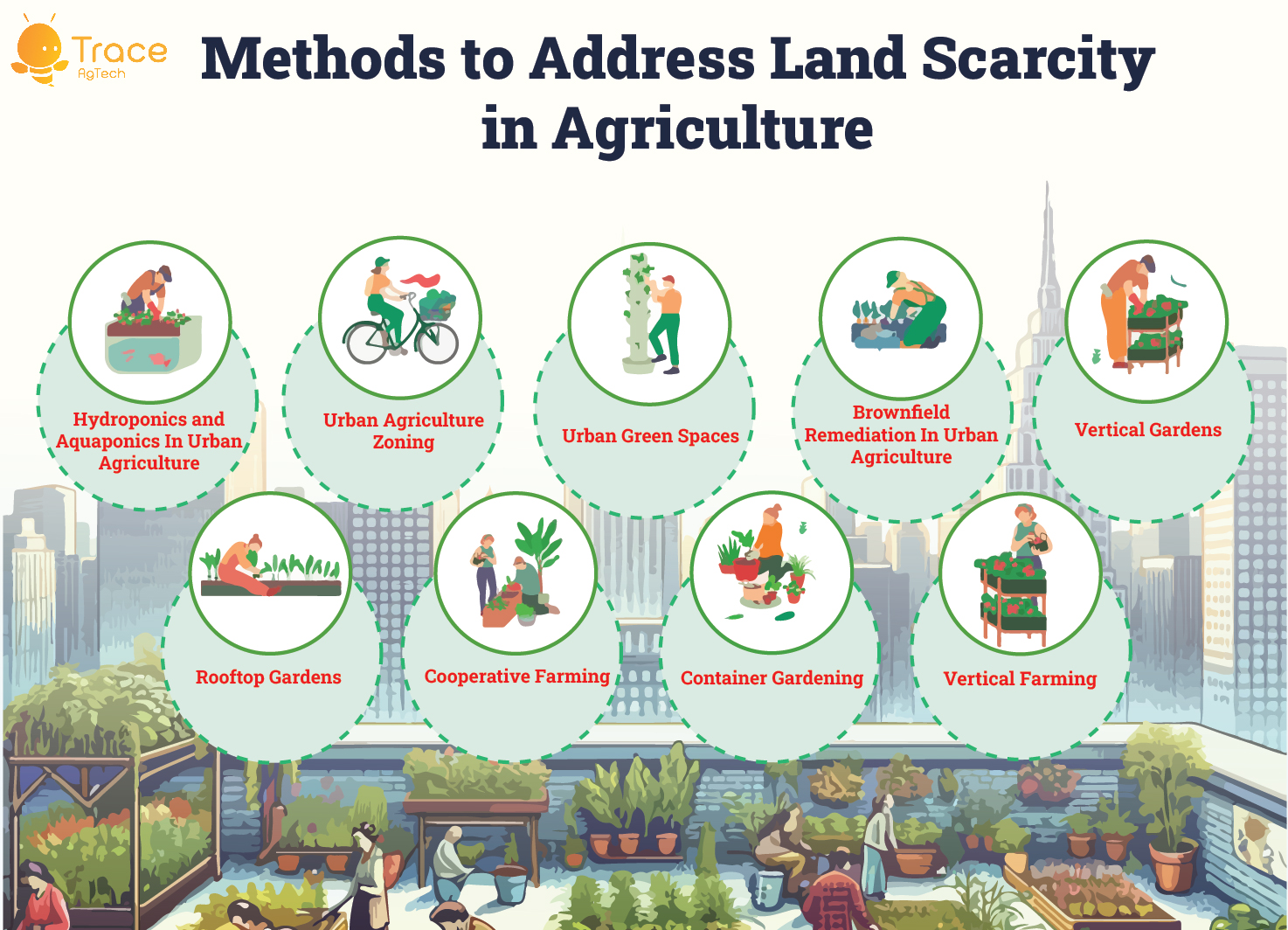Urban Agriculture: Overcoming Challenges & Embracing Solutions
Urban agriculture, once a niche practice, is now gaining momentum as a vital component of sustainable urban development. As more people move to cities, the need for locally grown food becomes increasingly critical. However, urban agriculture faces several challenges, including land scarcity, soil contamination, and limited access to resources. In this blog, we will explore these challenges in detail and discuss innovative solutions that are helping urban farmers thrive.
Land Scarcity: A Growing Challenge In Urban Agriculture
One of the most significant challenges facing urban agriculture is land scarcity. In densely populated urban areas, finding suitable land for agriculture can be a daunting task. As cities expand, agricultural land is often converted into residential or commercial areas, further reducing the available space for farming. Additionally, competition for land can drive up prices, making it even more challenging for urban farmers to secure a plot.
Soil Contamination In Urban Agriculture: A Hidden Threat
Another significant challenge in urban agriculture is soil contamination. Urban soils are often contaminated with heavy metals, chemicals, or other pollutants, which can affect plant growth and pose health risks to consumers. Soil contamination can result from industrial activities, improper waste disposal, or historical land use practices. Urban farmers must address soil contamination to ensure the safety and quality of their produce.
Soil Remediation Techniques In Urban Agriculture
Several soil remediation techniques can help urban farmers address soil contamination. Phytoremediation, for example, involves using plants to absorb and detoxify pollutants from the soil. Certain plant species, known as hyperaccumulators, have the ability to accumulate high levels of heavy metals in their tissues, making them ideal for phytoremediation purposes. By planting hyperaccumulators in contaminated soil, urban farmers can gradually reduce pollutant levels and improve soil quality.
Access to Resources: Bridging the Gap
Access to resources such as water, seeds, fertilizer, and equipment is another challenge faced by urban farmers. In many cases, urban farmers have limited access to these essential resources, which can hinder their ability to grow healthy crops and maintain sustainable farming practices. Additionally, the high cost of these resources can further exacerbate the problem, especially for small-scale urban farmers with limited financial resources.
Community Gardens
Community gardens are shared spaces where individuals or groups can grow food collectively. These gardens provide a solution for land scarcity by allowing urban residents to cultivate crops in a shared space. Community gardens also promote social interaction, community engagement, and environmental education, making them valuable assets in urban communities.

Resource Sharing and Bartering
Urban farmers can overcome resource limitations by participating in resource-sharing networks or bartering systems. In these systems, farmers exchange goods or services with other farmers, allowing them to access the resources they need without incurring high costs. By sharing resources, urban farmers can reduce waste, promote sustainability, and build stronger communities.
Pest and Disease Management: A Persistent Challenge
Urban farms are often more susceptible to pests and diseases due to their proximity to other green spaces and the limited use of pesticides in urban environments. Pests and diseases can damage crops and reduce yields, posing a significant threat to urban farmers’ livelihoods. Additionally, the use of chemical pesticides can have negative impacts on the environment and human health, making it essential for urban farmers to adopt sustainable pest and disease management practices.
Integrated Pest Management (IPM)
Integrated Pest Management (IPM) is a sustainable approach to managing pests and diseases that combines biological, cultural, and chemical methods. IPM focuses on preventing pest problems by promoting healthy plants, using natural predators to control pests, and only using chemical pesticides as a last resort. By implementing IPM strategies, urban farmers can reduce their reliance on chemical pesticides and minimize pest damage to their crops.
Conclusion
Urban agriculture faces several challenges, including land scarcity, soil contamination, limited access to resources, and pest and disease management. However, innovative solutions such as vertical farming, soil remediation techniques, community gardens, resource sharing, and IPM are helping urban farmers overcome these obstacles and thrive in urban environments. By embracing these solutions, urban agriculture can play a crucial role in ensuring food security, promoting sustainability, and building resilient communities in cities around the world.


Any comments?